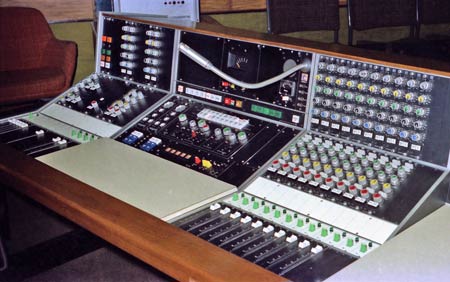Hi folks.
I'm looking to make a studio desk, much like the one attached (although not as flashy).
I figured making it would be simple enough as it's just 38mm and 25mm MDF, according to website specs.
I'm not certain that finishing it once built will be simple though? I'm guessing lots of sanding and painting, which will probably end up looking rubbish..... Which got me thinking about making it from softwood and giving it a flame-burn before maybe staining and some kind of lacquer? But the gaps between the boards might be an issue and probably look at bit 'homemade'.
I'm guess I'm looking for some ideas of the best materials to use and the best way to end up with something looking half decent.
I have routers, plunge saws etc, but don't have a planner/thicknesser or anything advanced.
Any guidance to put me on the right track please?
Thanks.

I'm looking to make a studio desk, much like the one attached (although not as flashy).
I figured making it would be simple enough as it's just 38mm and 25mm MDF, according to website specs.
I'm not certain that finishing it once built will be simple though? I'm guessing lots of sanding and painting, which will probably end up looking rubbish..... Which got me thinking about making it from softwood and giving it a flame-burn before maybe staining and some kind of lacquer? But the gaps between the boards might be an issue and probably look at bit 'homemade'.
I'm guess I'm looking for some ideas of the best materials to use and the best way to end up with something looking half decent.
I have routers, plunge saws etc, but don't have a planner/thicknesser or anything advanced.
Any guidance to put me on the right track please?
Thanks.






































